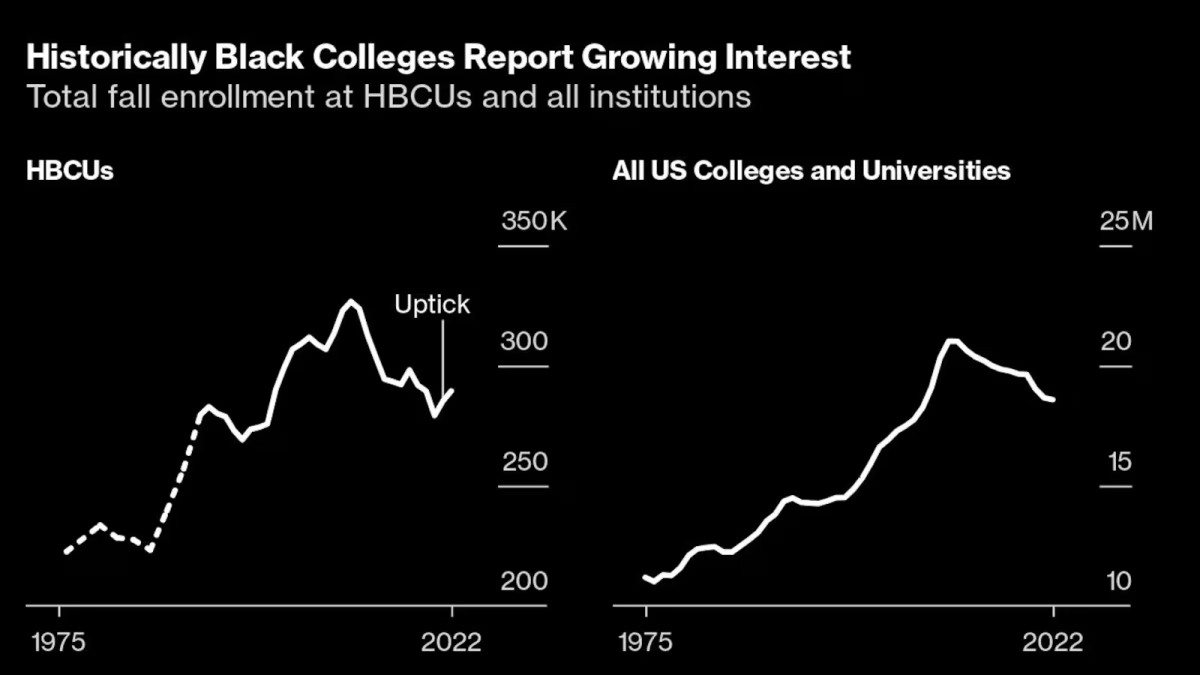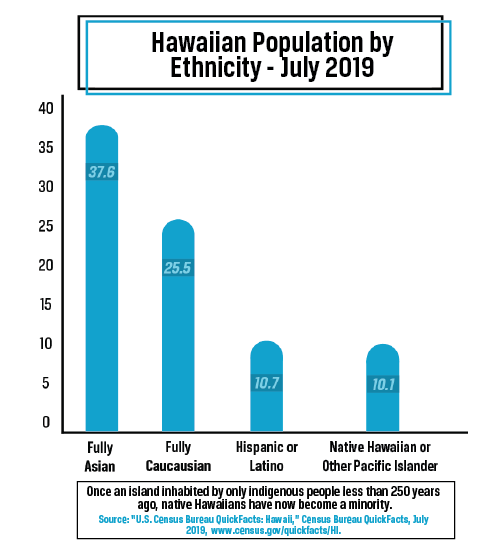Ultra-processed foods and their impact on public health: a need for caution
George Bernard Shaw famously remarked that “there is no sincerer love than love of food.” This statement is probably truer for Americans than any other culture, with almost 70% of them being overweight, including almost 40% that are obese. Being overweight, let alone obese, increases the risk of many health problems such as diabetes and heart disease and lowers life expectancy. The levels of obesity, defined as a BMI greater than 30 kg/m2, have been steadily climbing and show no signs of leveling off. In 1980, about 15% of Americans were obese—a number that had climbed to almost 40% by 2020. Given obesity’s major implications for public health, the causes of overweight and obesity have been hotly debated. Most experts recognize obesity to be a multi-factorial problem, including consumption of more calories than needed, sedentary lifestyles, and the type of food consumed. In this article, I will focus on the role of the consumption of a specific category of food called “ultra-processed foods” in promoting overweight and obesity.
Ultra-processed foods and their proliferation in the US
Ultra-processed foods (UPFs) are defined as foods that include at least five or more ingredients. Typical examples are cookies (store-bought), frozen dinners, candies, breakfast cereals (excluding oatmeal), and granola bars. Perhaps an even better definition is that the ingredients in UPFs are those that are not normally found in domestic kitchens. These include preservatives, artificial colors, emulsifiers, stabilizers, and artificial flavors. Generally, these foods combine substances derived from foods, such as high fructose corn syrup and cornstarch.
The manufacturing process tends to be complicated and often involves extrusion of various “slurries.” The main reason for the increase in the manufacturing of UPF is that they have a lower cost of production, which results in higher profits for the companies making them. Besides being cheaper to produce, they also have a longer shelf life which ensures lower spoilage.
Another extremely significant aspect of UPFs from the perspective of health is their formulation which involves a combination of salt, sugar, and fat. Since these foods are concocted in labs, they are optimized to appeal to the human palette which makes them highly addictive.
Although there is debate about whether UPFs are addictive, for instance, in the same sense as alcohol and cigarettes, there is no doubt that most people find it difficult to control their intake of these foods. Combine the ease of overeating UPFs with their ubiquity, and we have what is often termed an “obesogenic environment”, a food environment that promotes obesity due to a combination of reasons. For example, frequent office celebrations that involve the consumption of cake, cookies, pizza, and other UPFs due to social and economic reasons which make it difficult for people to control their calorie intake and create an obesogenic environment.
Health effects of ultra-processed foods
UPFs have an array of negative effects on health. Many of the foods in this category can be termed “calorie bombs” because of their relatively high-calorie content. Even more problematic is their composition which is poor in nutrition, especially in dietary fiber.
Dietary fiber, found in whole grains, fruits, and vegetables, serves many useful functions including providing satiety, regulating blood sugar and lipid levels, and promoting gut health. Fiber works as food for the beneficial gut bacteria that live in our colons and is important for our immunity as well as for the functioning of many organs such as the brain. The lack of fiber in ultra-processed foods and the presence of preservatives and stabilizers are a double whammy for our intestinal microbiome (gut bacteria). The latter works to harm the bacteria, as studies of artificial sweeteners and stabilizers such as carrageenan (added to ice cream) have shown.
Although our understanding of the role played by the microbiome in maintaining health is still limited, we know that maintaining a healthy and diverse intestinal microbiome is indispensable for good health.
The average American today gets almost 70% of his or her daily calories from UPFs. The food industry exercises enormous power over consumers through its round-the-clock advertising and its lobbying powers which enables it to offer UPFs at low prices. As a result, our food environment is saturated with UPFs which are being sold at supermarkets, vending machines, corner stores, and even hospitals. UPFs make it easy to overconsume calories—a single candy bar could have 300 calories, which could also be provided by a plateful of veggies and fruits that also have the important additional advantage of being far more filling and nutritious.
How can we make healthy food choices in the face of the challenge posed by UPFs? A useful guide to healthful eating is the NOVA classification of foods. Under this classification, there are four groupings of foods:
- Group 1 has foods that are minimally processed, such as fruits, vegetables, and grains such as wheat flour, rice, eggs, milk, and poultry
- Group 2 has food ingredients such as sugar, fat, and salt
- Group 3 has processed foods made by combining foods in Groups 1 and 2, such as canned fruits and vegetables, salted nuts, tomato sauce, and fresh cheeses
- Group 4 has ultra-processed foods such as cakes, cookies, energy drinks, chips, and sweetened juices.
It is preferable to eat foods mostly from Group 1 and Group 2 and to a lesser extent Group 3. Foods from Group 4 should be kept to a minimum or omitted altogether. We can start taking control of our health by controlling and modifying our food environment by limiting the purchase of UPFs. This can not only help us individually but also improve public health, which will have substantial economic benefits because an ounce of prevention is better than a pound of cure!






































































